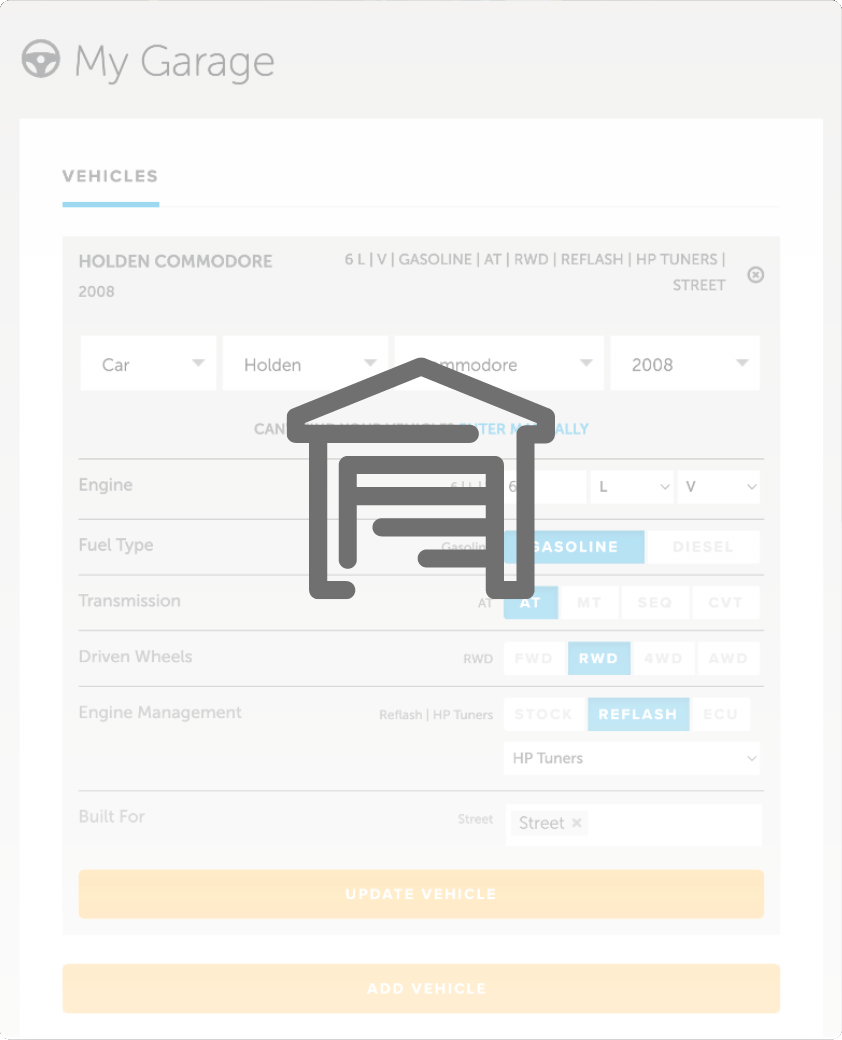| 00:00 |
Now, it's time for the core phase of our CAD work, the design and modelling process.
|
| 00:05 |
With our 3D scans set up, along with all the points for our suspension geometry, we can use these as a reference to model around, making our lives easier so we don't have to rely so heavily on physical measurements.
|
| 00:18 |
Let's get started with the method of mounting the subframe to the chassis, as there's a key consideration here.
|
| 00:25 |
The EF generation chassis is around 30 years old and this one in particular has had a pretty hard life, so the original holes for mounting the subframe are no longer good methods of locating the subframe as they are. The subframe is not positively located on the chassis, basically meaning there's room for a small amount of movement in the subframe, but this is significant enough to result in drastic changes to the alignment under load.
|
| 00:55 |
Also, if the subframe needs to be removed for any reason, the suspension really needs to be set up again from scratch.
|
| 01:03 |
A better method and something more commonly used in motorsport chassis design involves the use of tapered studs.
|
| 01:10 |
In this case we'll design a stud that can be screwed up into the chassis and then welded to the chassis leg.
|
| 01:17 |
The bottom of the stud will have a taper to positively locate the subframe and then be threaded, so we can simply use a nut on each stud to fix the subframe in place.
|
| 01:28 |
The stud will be machined out of chromoly so we just need to keep this in mind while designing it.
|
| 01:35 |
We'll start by modelling the stud, sketching on a plane on the bottom of the chassis for the mounting holes towards the rear of the car.
|
| 01:43 |
First, let's sketch a 12mm diameter circle in line centred on each mounting hole, using the equal constraint between them and checking the spacing matches our physical measurements from the car.
|
| 01:57 |
Using a construction line with a midpoint in line with the origin can help us space these equally about the centre line given that the scan is centred in the workplace.
|
| 02:08 |
On one side we can sketch another two circles, concentric with the first but this time with a 14mm diameter for the M14 stud and a 32mm diameter which approximately matches our 1.25 inch outer diameter tubing for the subframe.
|
| 02:28 |
This is all that's required for the sketch so next we can open the extrude tool and extrude the inner 12mm circle about 108mm up into the chassis to match the insertion of the factory subframe bolt.
|
| 02:42 |
It may help to hide the chassis scan for this.
|
| 02:46 |
Then another extrude of the 14mm circle 35mm down which will form the stud.
|
| 02:53 |
Following this, a third extrude of the 32mm circle just 5mm down to make a flange that will be welded to the chassis and will also locate the subframe vertically.
|
| 03:07 |
At the base of the flange and the stud we'll use a 3x6mm chamfer to form the taper and we'll also chamfer the lead in for the ends of the stud and the edges of the flange, especially at the bottom to help with penetration when welding to the chassis.
|
| 03:24 |
We can also add a small radius to the base of the stud inside the chassis to reduce stress concentrations.
|
| 03:31 |
Note that this could have been done with a revolve as well which would have resulted in less features and a more efficient process but would have required the use of an axis for the revolve.
|
| 03:42 |
Next, we can use the thread tool to create an M12x1.25 thread on the top 38mm of the stud into the chassis, again to match the factory bolt and also an M14x1.5 thread on the stud below the chassis.
|
| 04:00 |
That completes one stud and from here we can copy it three times to the other mounting locations.
|
| 04:07 |
First though, we need to sketch on the plane in line with the surface of the subframe mounting holes towards the front of the vehicle and again sketch two circles in line with the mounting holes using dimensions from the physical measurements and constraints where necessary.
|
| 04:32 |
Then select the move tool, then the stud body and check the create copy box down the bottom.
|
| 04:39 |
After clicking the point to point function, we can carefully select the centre point of the stud in line with the mounting surface as the origin point and the centre of the circle for the other mounting hole as the target, repeating this for the other holes so we have four studs all lined up with each mounting point.
|
| 04:59 |
The next step will be to create the corresponding parts for the subframe with the mating tapers.
|
| 05:05 |
These will also be machined out of chromoly and welded to the end of the mounting tubes in the subframe.
|
| 05:11 |
We'll start by sketching on the bottom of the flange of the stud with a 1.25 or 31.7 millimetre circle to perfectly match our tube.
|
| 05:23 |
Since the chromoly tube will have a 0.083 of an inch or 2.1 millimetre wall thickness, we'll sketch another circle 2.5 millimetre inside this to make a loose spigot fit into the inside of the tube and keep things in alignment.
|
| 05:41 |
We also need to sketch a third 14.2 millimetre circle to clear the threaded stud.
|
| 05:48 |
We can then extrude the outer profile, excluding the inner circle 5 millimetre down from the profile plane, choosing to create a new body.
|
| 05:59 |
After hiding the stud body, we can create another extrude of the spigot down 12 millimetre from the profile plane, setting the preference to join.
|
| 06:09 |
To finish this part, we'll create a chamfer on the inside edge to match that of the tapered stud, 6.
|
| 06:17 |
3 millimetre and also a 1 millimetre equal distance chamfer on the lead end for the spigot and at the end of the flange to help with penetration when welding to the tube.
|
| 06:27 |
Rather than modelling the other three of these, we can use the move tool again to copy this body to the other mounting points.
|
| 06:34 |
At this point, we've modelled the groundwork for our subframe, which will allow it to mount to the chassis.
|
| 06:41 |
In the next module, we'll create the main tubular structure.
|





